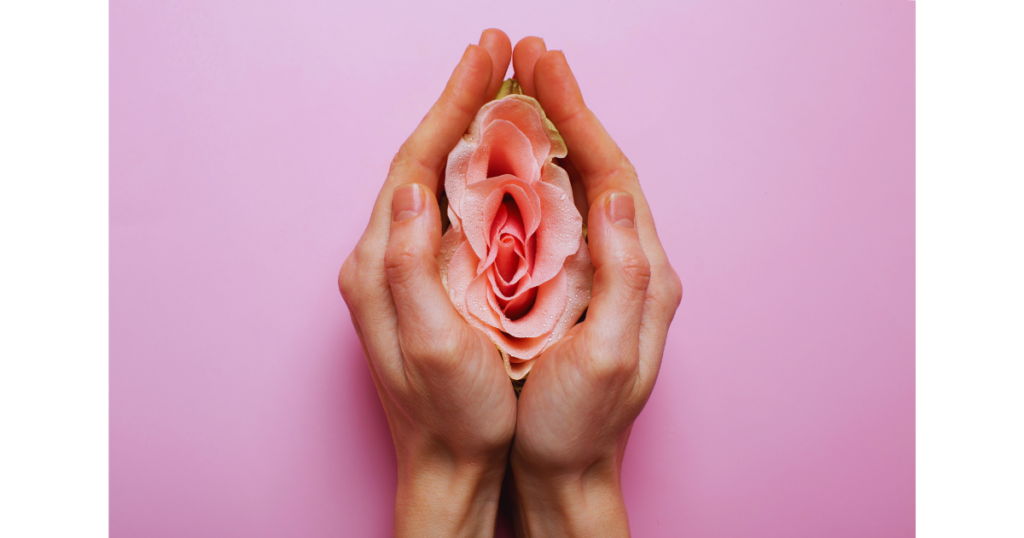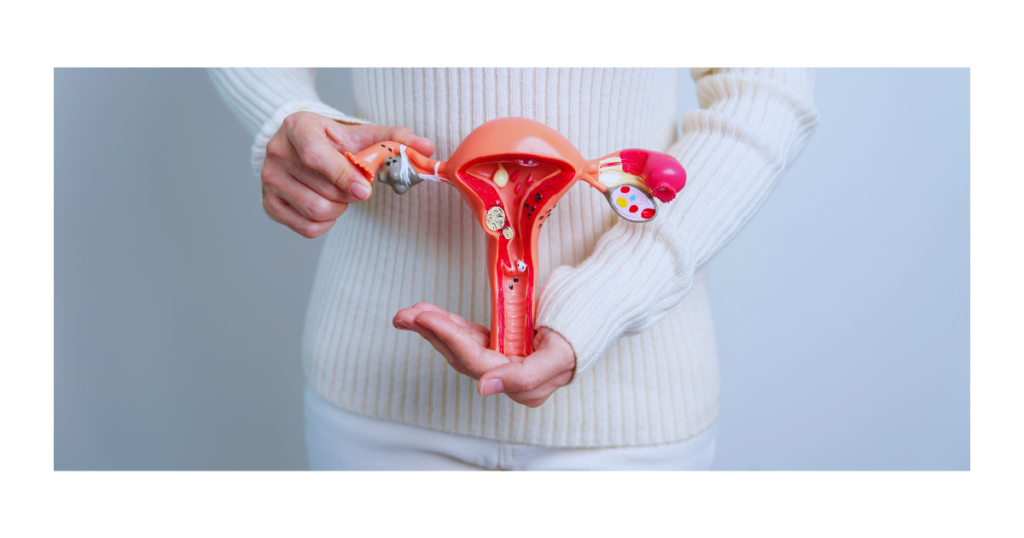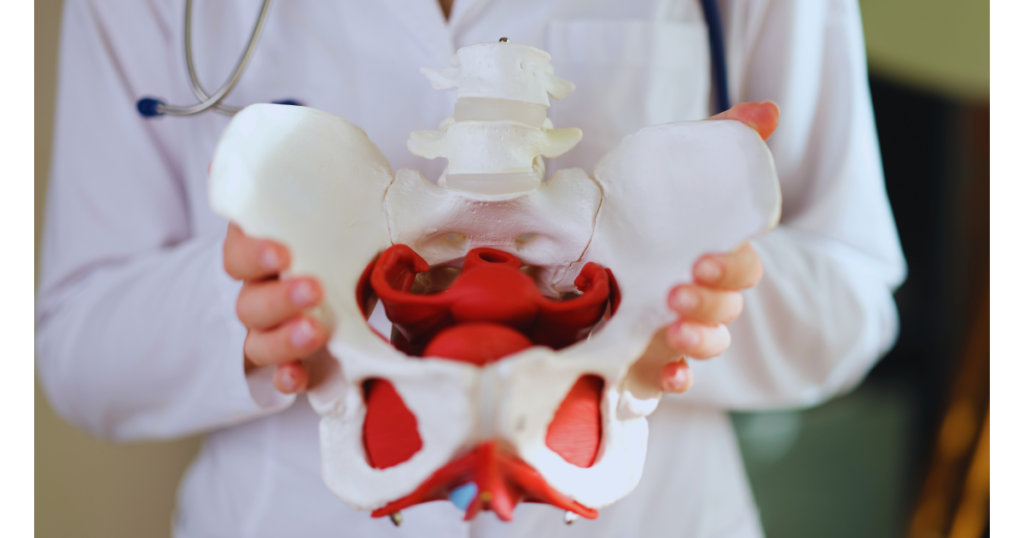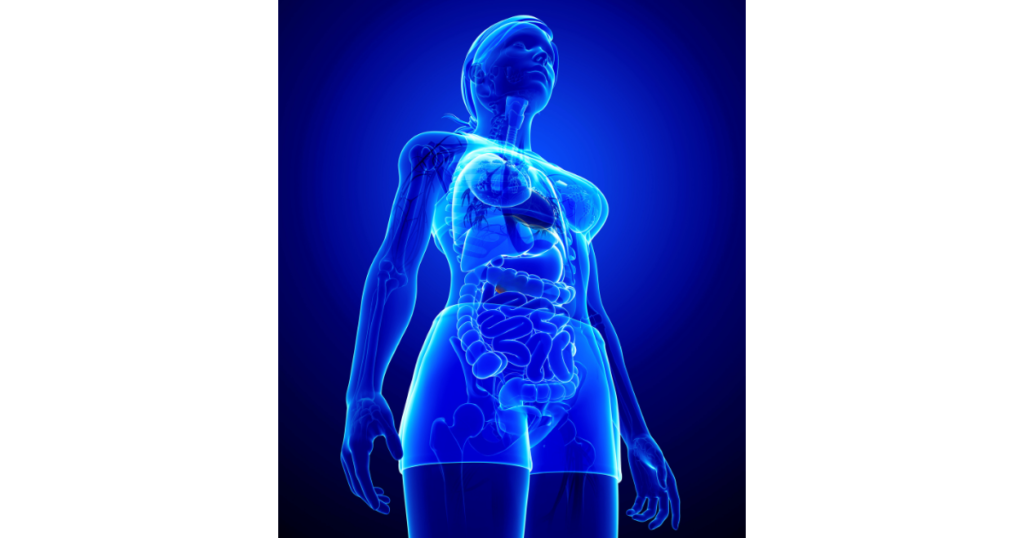Ladies, your body is an incredible masterpiece—complex, powerful, and beautifully unique. From sexual wellness to reproduction and overall health, understanding your anatomy helps you feel more connected to yourself. This isn’t just science—it’s self-knowledge. So let’s explore the female body, including both the external and internal parts, from the outermost layers to the deepest inner systems.
Introduction to Female Anatomy

The female anatomy is a complex and fascinating system that plays a crucial role in reproduction, sexual pleasure, and overall health. The external female genitalia, also known as the vulva, include the labia majora, labia minora, clitoris, and vaginal opening. The mons pubis, a fatty area of skin, covers the pubic bone and protects the external genitalia. Understanding female anatomy is essential for maintaining reproductive health, preventing diseases, and promoting overall well-being. The female reproductive system, including the fallopian tubes, uterus, and ovaries, works together to enable reproduction and regulate the menstrual cycle.
What Is the Vulva and Why It Matters

The vulva is the gateway to your reproductive system. Vulva refers to the external parts of a female’s genitals, including the labia majora, labia minora, and glans clitoris. It includes all the external structures—the visible parts between your legs. These aren’t just “private parts”—they’re protective, sensory, and crucial for sexual pleasure.
Many women don’t learn the correct terms growing up, but owning your vocabulary is part of owning your body. The vulva includes the mons pubis, labia majora, labia minora, clitoris, urethral opening, and vaginal opening.
The Mons Pubis & Its Protective Role
Located just above the vulva, the mons pubis is a part of the external female anatomy and is a pad of fatty tissue that becomes covered with pubic hair during puberty. This area serves as a cushion for the pelvic bone, offering protection during movement and intercourse. Pubic hair also plays a role in reducing friction and trapping harmful bacteria.
Labia Majora & Labia Minora: Unique and Beautiful

The labia majora are the outer lips, typically fleshier and often covered in pubic hair. Inside them are the labia minora—thin, soft folds of skin called the inner lips. These small cutaneous folds begin at the clitoris and extend posteriorly, encircling the clitoris and forming the borders of the vulvar vestibule. These lips vary in color, texture, and size for every woman. Their role? To protect the sensitive inner structures and contribute to arousal through rich nerve endings and sebaceous glands that keep the skin healthy.
Clitoral Complex: The Heart of Female Pleasure
At the top of the vulva, which is part of the external genitals, nestled under the clitoral hood, lies the glans clitoris. Although small, it is immensely powerful. This organ contains over 8,000 nerve endings—twice as many as the penis. What you see is just “only the tip”—the clitoris extends internally, made of erectile tissue that swells during arousal. It plays a key role in sexual stimulation and orgasm.
Vestibular Bulbs and Glands: Your Body’s Natural Support
Just beneath the surface are the vestibular bulbs, which fill with blood during sexual excitement. On either side of the vaginal opening lie the Bartholin glands, also known as the greater vestibular glands. These pea-sized structures, known as Bartholin’s glands, play a crucial role in lubrication by producing moisture during arousal, helping to reduce discomfort during sexual intercourse.
Vaginal and Urethral Openings: Dual Roles
The urethral opening lies just below the clitoris and leads to the female urethra, a short canal that expels urine. The primary function of the urethral opening is to allow the passage of urine out of the body. Below that is the vaginal orifice—the entrance to the vagina. The primary functions of the vaginal orifice include sexual intercourse, childbirth, and the exit of menstrual blood and vaginal discharge. This muscular tube stretches during intimacy and childbirth, while also allowing menstrual blood and vaginal discharge to exit the body.
Inside the Body: Internal Reproductive System
Deeper within, the female reproductive anatomy includes the uterus, fallopian tubes, ovaries, and cervix. These organs are protected by the pelvic bone and supported by the pelvic floor—a muscular system vital for bladder, bowel, and sexual health.
The Ovaries: Hormones & Fertility

Your ovaries are egg storage centers. They hold your lifetime ovarian reserve, releasing one egg per cycle. These powerful little glands also secrete female hormones like estrogen and progesterone, essential for regulating your menstrual cycle, mood, and bone health. The field of sex med highlights the importance of these hormones in sexual health and overall reproductive function.
The ovarian artery supplies blood to the ovaries, keeping them nourished and functional.
Fallopian Tubes: The Fertility Highway
The fallopian tubes (or uterine tubes) are thin structures that connect the ovaries to the uterus. The fallopian tube plays a key role in fertilization, as it is where the egg and sperm meet. This is where fertilization typically occurs—when a fertilized egg forms, it travels down the tube and implants into the uterine lining. Fallopian tubes connect the most crucial steps in conception.
The Uterus: Home and Hormone Hub
The uterus is a pear-shaped organ within the reproductive organs where a baby grows during pregnancy. If no egg is fertilized, the uterine lining sheds, leading to a menstrual period. This cycle, governed by sex hormones, continues through the reproductive age until menopause.
Pelvic Floor: Foundation of Strength

Think of the pelvic floor as your body’s inner hammock. The perineal body is a key anatomical structure in the pelvic floor, serving as an attachment point for various muscles that support pelvic organs. It supports all pelvic organs and controls functions like urination and sexual response. Strengthening this area improves bladder control and sexual satisfaction.
How Blood and Nerves Keep Things Going
The internal iliac artery, inferior vena cava, and dorsal nerve supply blood and sensation to your pelvic region. The pudendal nerve is especially important—it’s the main pathway for sexual sensation and control of the pelvic floor.
Effective disease control is crucial in maintaining reproductive health, as it helps manage common reproductive health issues and ensures the overall well-being of the reproductive system.
Menstrual Cycle
The menstrual cycle is a natural process that occurs in females of reproductive age, typically every 28 days. The cycle is controlled by hormones, including estrogen and progesterone, which regulate the growth and thickening of the uterine lining. The menstrual cycle consists of four phases: menstruation, follicular phase, ovulation, and luteal phase. During menstruation, the uterine lining sheds, resulting in menstrual blood. The follicular phase sees the growth of follicles in the ovaries, which release eggs during ovulation. The luteal phase prepares the uterine lining for a potential pregnancy. Understanding the menstrual cycle is crucial for maintaining reproductive health and preventing diseases such as pelvic inflammatory disease.
Sexual Arousal and Female Ejaculation
When you’re aroused, blood flows into the erectile tissue, the clitoris becomes engorged, and vestibular bulbs swell. Some women may experience female ejaculation—a release of fluid during climax. It’s a normal, healthy expression of pleasure.
Understanding vulvar anatomy, which includes the clitoris, labia, and vestibular bulbs, is essential for comprehending the structures involved in sexual arousal.
Maintaining Reproductive Health
Maintaining reproductive health is essential for females of reproductive age. This includes practicing safe sexual intercourse, getting regular check-ups, and being aware of the signs and symptoms of diseases such as chlamydia trachomatis infection. The female reproductive system is susceptible to various diseases, including ovarian cancer, uterine cancer, and vulvar cancer. Regular physical examinations, including pap smears and pelvic exams, can help detect abnormal cell growth and prevent the spread of disease. Additionally, maintaining good hygiene, using gentle body wash, and avoiding tight clothing can help prevent vaginal discharge and irritation.
Would you like me to now generate vibrant, realistic images for each section tailored for your female audience?
Health Matters: Watch for These Conditions
Your body also gives signals when something’s wrong. Common issues include:
- Pelvic inflammatory disease from untreated infections
- Vulvar cancer, a rare but serious condition
- Chlamydia trachomatis infection, which may lead to infertility if left untreated
- Vaginal agenesis, a congenital condition involving incomplete vaginal development
- Abnormal cell growth, which can be detected through regular exams
Regular check-ins, including physical examinations, help keep you in tune with your immune system and overall health.
In Summary: Love the Skin You’re In

Your body is sacred. From your external organs, such as the outer lips, to your internal anatomy, it’s strong, sensitive, and deserving of respect. Understanding how it works empowers you to care for it better, advocate for your needs, and experience your full potential—whether that means embracing your sensuality, optimizing fertility, or simply feeling more at home in your skin.
FAQ
Q: Is it normal for my labia to look different from others?A: Yes. Just like fingerprints, labia come in all shapes, sizes, and colors. The vulva consists of all external female sex organs, including the mons pubis, labia majora, labia minora, and clitoris, highlighting the diversity in appearance.
Q: Why do I have vaginal discharge?A: It’s your body’s way of cleaning the vagina and keeping it healthy.
Q: What causes pain during intercourse?A: It could be due to dryness, infection, muscle tension, or more. Listening to your body is key.
Q: Can you strengthen your pelvic floor?A: Absolutely! Kegel exercises are a great start and can improve bladder control and sexual function.
Q: What’s the role of hormones in all this?A: Hormones like estrogen and progesterone regulate your cycle, mood, and even your skin.
Additional Resources
Explore these trusted links for more in-depth insights:
- CDC – Female Reproductive System Overview
- Mayo Clinic – Pelvic Exam & Female Anatomy
- American Sexual Health Association
- Sex & U – Female Reproductive Anatomy
These resources provide guidance on sexual health, reproductive anatomy, hormone balance, and disease prevention for women at every stage of life. Additionally, the field of sex med is crucial for understanding the complexities of female anatomy and reproductive health, including the vulva, vagina, and uterus, in relation to sexual arousal and overall reproductive function.






One response to “Understanding the Anatomy of Women: Inside and Out”
Very good https://lc.cx/xjXBQT